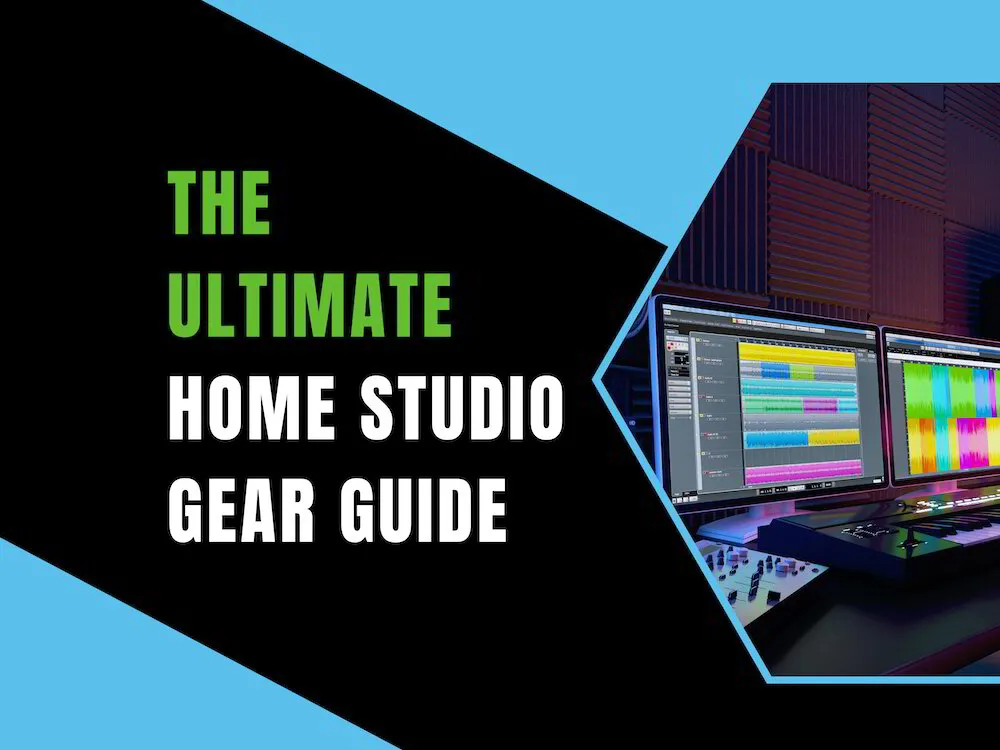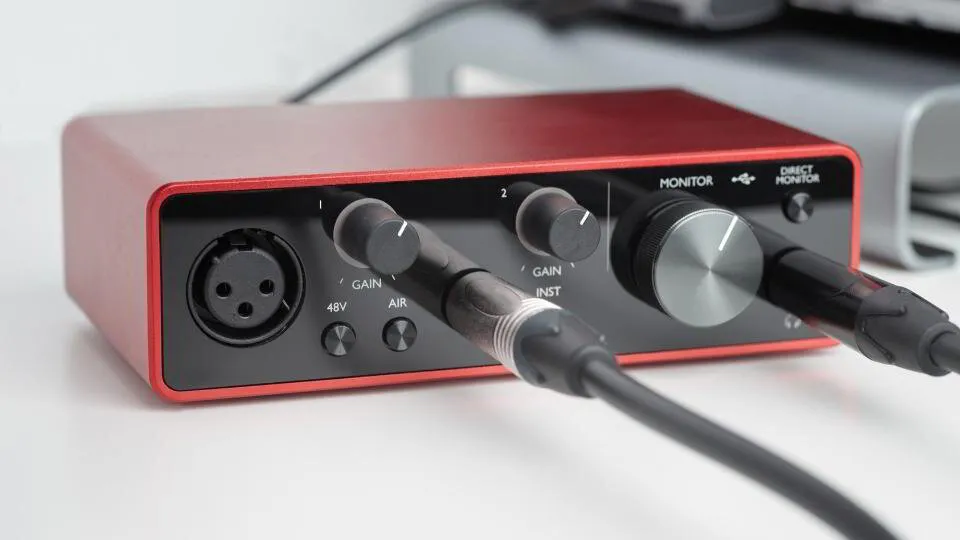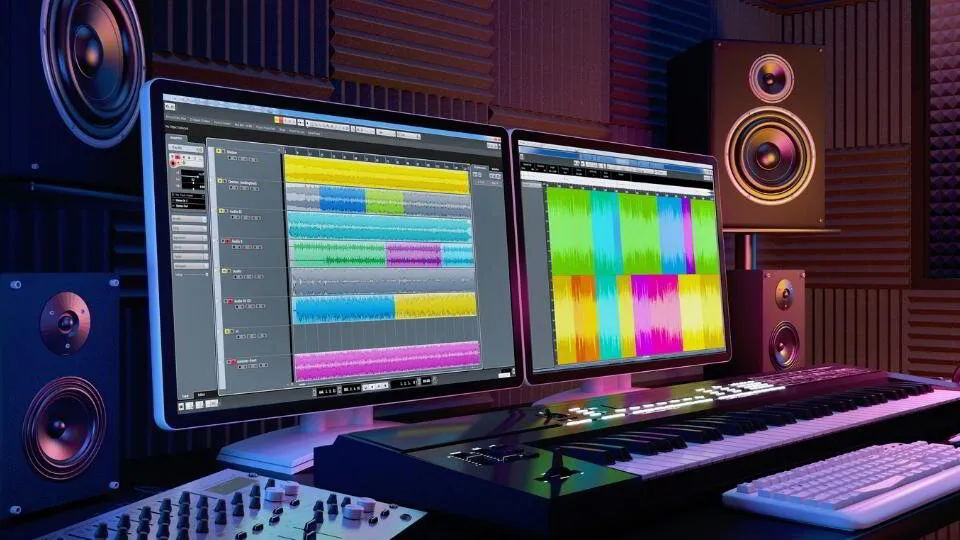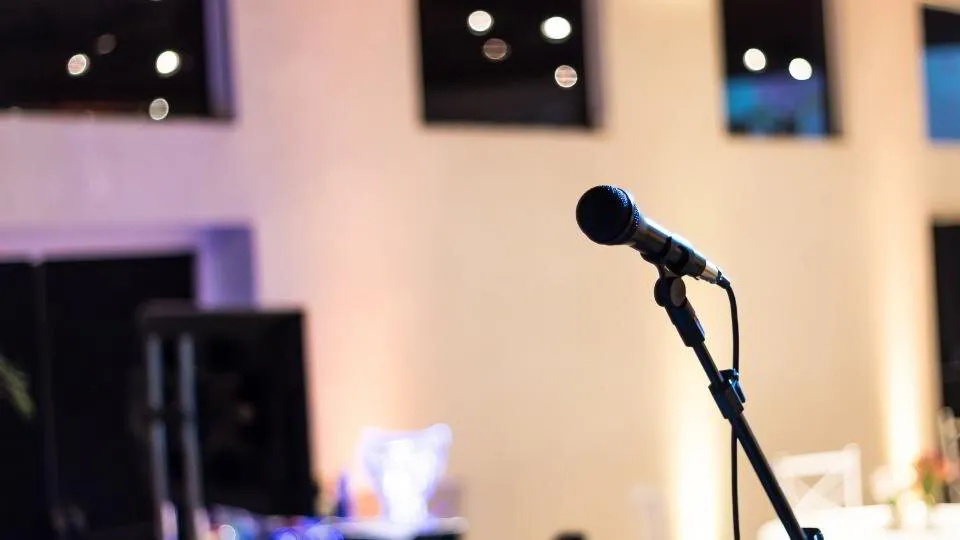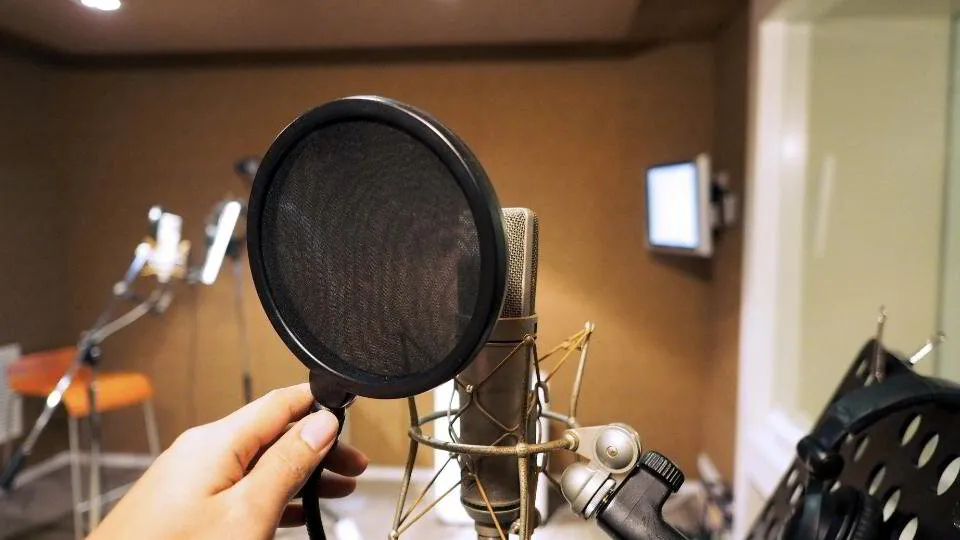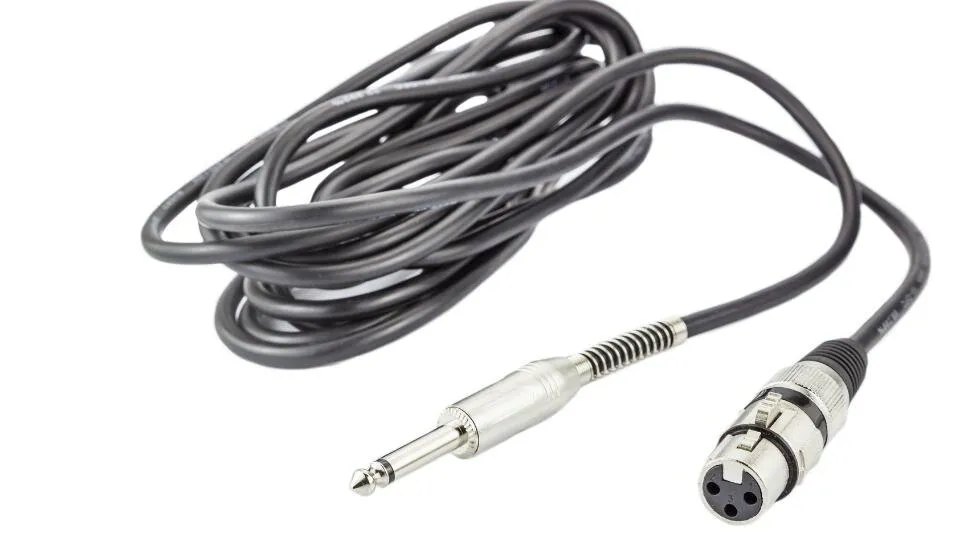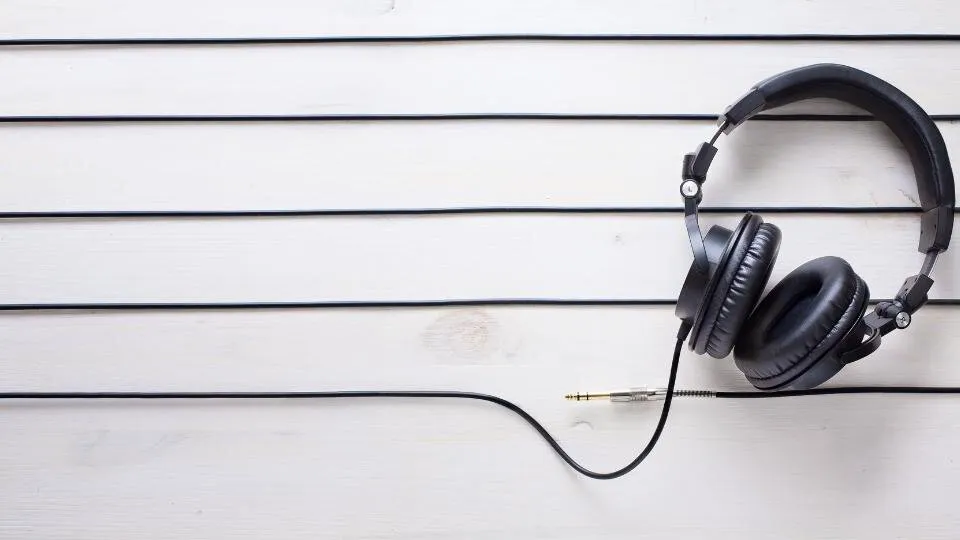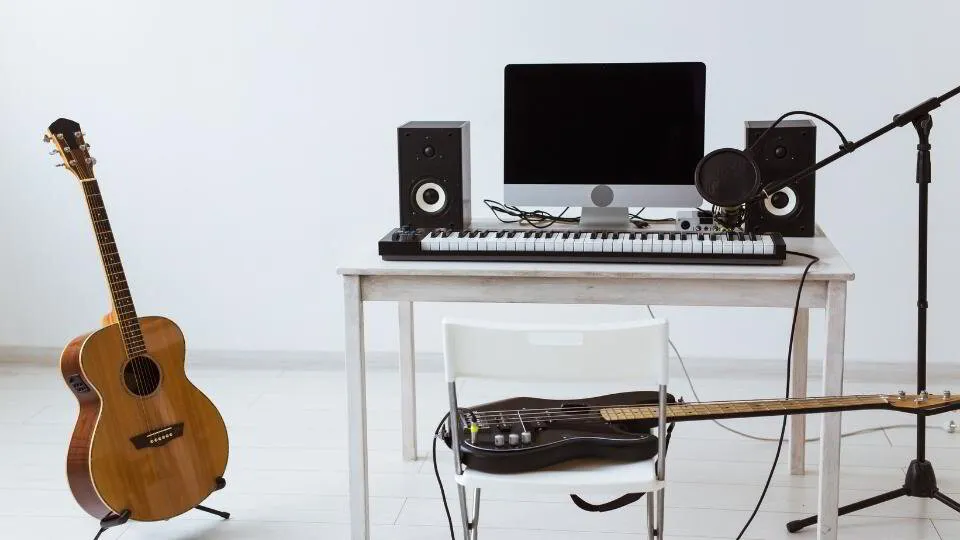What studio gear do you REALLY need?
If you’re thinking of putting together a home studio, this can seem like a huge task. You’re probably doing a ton of research trying to figure out what gear you need, wondering how much this is all going to cost you, and still feel stuck not knowing what to buy or where to begin.
I’m here to tell you that you’re thinking too hard about all of this! You really only need a few essential pieces of gear, and getting started is much easier than you think! So let’s dive in as we discuss what you REALLY need to start your home recording studio.
Stick to the basics and set a budget
When buying your first studio gear setup, keep it as simple as possible. Although you may be eyeballing the latest and most notable microphones, preamps, or monitors that people rave about, this is not a wise choice for a brand new venture.
Learning the ins and outs of recording is a large enough task on its own. Even with an unlimited budget, if you try to grow your studio too fast and get more equipment than you need, you can easily get overwhelmed and discouraged.
I want to see each and every one of you build and operate a successful home studio, and I don’t want to see anyone give up because they took on too much too soon. Besides, you really don’t need more than the basics to start making radio-ready recordings. That’s why I’m encouraging you to start small. You can always expand over time as you see fit.
The Gear List...
Below is a list of the basic items you need for a fully functioning home studio. No matter if your studio is in your bedroom, your basement, or any other room, with these basic items you’ll have everything you need to get started recording yourself or others.
Home studio essentials:
1. Computer
2. Audio Interface
3. Recording software (DAW/Digital Audio Workstation)
4. Microphone
5. Microphone Stand
6. Pop Filter
7. Audio Cables
8. Headphones
9. Studio Monitors
So let’s dive in to discuss each item on that list a bit, and I'll also provide some recommendations to help ease your search for the perfect home studio setup.
1. Computer
Most people already have a computer. If you have a laptop or desktop that was purchased within the last few years, you can likely start using it to record your music. Both Mac and PC are great options. There aren’t many software or hardware compatibility issues any longer, so you should be able to get up and running with the computer you already have available.
Although I do have a newer Mac, I also still run a dinosaur (I mean, a 2009 Mac Pro) in my secondary workstation and it's never had any issues. At more than a decade old, it has no problem keeping up with recording and mixing tasks. Older computers like that will however reach a limit to which operating system they can run and which versions of recording software (your DAW) or plugins you can install.
You can use an older machine and still get a working setup! Regardless of the age of your computer, be sure to check the system requirements of your recording software to ensure compatibility.
There is a wide range of computer prices and options. Ideally, you want to get the most power that you can afford since this is the central command station for your entire recording studio.
Here's a guide to some of the best music production computer options:
Best Laptop Computers for Music Production
Best Desktop Computers for Music Production
2. Audio Interface
An audio interface is a piece of hardware that connects all of your microphones and audio gear to your computer. It typically has microphone and/or instrument inputs, oftentimes MIDI inputs (for your keyboards or other MIDI controllers), and outputs for studio monitors & headphones.
Your interface converts the recorded signal from analog (what’s coming from your mic or instrument) to digital (what your computer/software recognizes). It also converts this back to analog upon playback through your speakers or headphones.
I would recommend getting an interface with a minimum of 2 inputs. That way you have to option of recording more than one instrument/vocal at the same time and can have each one on its own track inside your DAW. You may want to record your guitar and vocals together or want to record a keyboard that has a stereo output. You will need at least 2 input channels on your interface to be able to accomplish this.
Interfaces prices can start from under $100 and can go up to multiple thousands of dollars. They get more expensive as you increase your number of input channels and may cost more based on the brand or other features included. Start small and don't get more than you need.
Companies like Presonus, Steinberg, and more often include free recording software with their interfaces, so if you choose an interface in some sort of combo package, that’s one less thing you need to purchase!
Here's a guide to some of the best audio interface options:
The Best Budget Audio Interfaces For Your Home Studio
3. Recording Software (DAW/Digital Audio Workstation)
You’ve probably heard of recording software brands like Pro Tools, GarageBand, Logic Pro, Cubase, Studio One, Reaper, FL Studio, and so on. These are all Digital Audio Workstations (or DAWs). Your DAW is the software that controls everything you do with recording and mixing music.
Prices for DAWs can vary quite a bit. For instance, Reaper starts out at $60 while Cubase Pro is almost $600. Your choice of DAW doesn’t matter in terms of sound quality, but certain DAWs do offer different features that may or may not be a deciding factor in your choice. There are even some great free DAWs such as GarageBand or Cakewalk that can get you started!
If you received free recording software as part of a gear bundle, that will be just fine to use.
I personally use Cubase (Mac or PC) and have for years. It includes TONS of samples, virtual MIDI instruments & samplers, loops & effects, etc. There is way more included content than I would ever use, but the options are pretty endless. Logic Pro (Mac only) is also known for providing loads of production content and features for creating music.
My best advice here is to just choose the DAW you feel will be best for you, has the features you will need, and get yourself very familiar with it. The goal is to become efficient with whatever DAW you are using so you can develop a speedy and productive workflow.
Here's a guide to some of the best DAW options:
The Best DAWs (recording software)
The Best FREE DAWs (recording software)
4. Microphone
There is such an overwhelming amount of microphones on the market, all with different purposes and all at different price points. So where do you begin?
If you are putting together a home studio, you are most likely wanting to record vocals and/or acoustic instruments. For your first microphone, you should consider a Large Diaphragm Condenser or even a more budget-friendly Medium Diaphragm Condenser mic.
What's a diaphragm? In short, a microphone diaphragm is a thin membrane that picks up the sound wave and converts it to an electrical signal.
A Large Diaphragm Condenser (or LDC) is the typical style microphone that comes to mind when you think of a vocal mic in a professional recording studio. They have a high sensitivity compared to dynamic mics, and provide that larger-than-life sound that you hear on professional recordings.
A great LDC microphone that I can personally recommend and that won’t break the bank is the Audio Technica AT4040. It retails at about $299 USD and sounds fantastic. The AT4040 was my first “real” vocal mic. It sounded so good that I eventually purchased a second to use on stereo instrument sources.
I hate to admit it, but the AT4040 sounds extremely comparable to another vocal microphone I own that cost me more than $1500. In today's day and age, thinking that "expensive gear will make me sound better" will only lead you into debt. The differences are so minute and definitely not worth 5X or 10X more in price. I want you to learn from my mistakes, save yourself money, and understand that you do not need expensive gear to get great-sounding recordings.
A Medium Diaphragm Condenser is exactly what you would expect; it has a slightly smaller diaphragm than an LDC mic and is still an excellent choice for recording both vocals and instruments. One option to look at is the Audio Technica AT2020. It retails at about $99 and is one of the most widely used vocal microphones in home studios.
Thinking of getting a Second Microphone?
If at some point you decided to expand upon your microphone selection and want to purchase a second mic, get yourself a Shure SM57.
The SM57 is a dynamic mic that retails for about $99, and it is one of the most used microphones in the professional audio world. It is basically the Swiss Army Knife of microphones and is great for mic’ing guitar cabs, drums, percussion, horns, or anything else you point it at. It can even be used on vocals if needed. I wouldn’t recommend this for your main and only vocal mic, however, it will work if it's all you have available.
Here's a guide to some of the best microphone options:
The Best Budget Vocal Mics For Your Recording Studio
5. MIcrophone Stand
This one is simple and straightforward. There are some great “heavy-duty” mic stands out there, but for a home studio, a mic stand of any brand and price point will do.
I recommend getting a boom stand over a straight stand. That way if you decide to record anything besides vocals (acoustic guitar, guitar amp, etc.) you can have more flexibility for mic placements.
You will often have the option of a round base, or a tripod base. Either is sufficient, however, I typically feel more stable with a tripod base, especially if I’m extending the boom arm out at a longer distance.
You can get boom microphone stands starting at around $35 USD.
Here's a guide to some of the best mic stand options:
Mic Stands For Your Home Studio
6. Pop Filter
A pop filter is a type of screen or shield that protects the microphone from popping sounds (they can also help to keep saliva off of the microphone). These popping sounds are caused by the impact of fast-moving air on the microphone from plosives during recording. Plosives can occur when saying words such as those that start with a “P” or “B” sound.
For example, put your hand a couple of inches in front of your mouth and say the word “Pony”. Now say the word “Hand”. Do you feel the difference in the air pressure? That plosive on the word "Pony" is the same thing your microphone will experience when not controlled with a pop filter.
The most common types of pop filters are nylon or metal mesh around a circular frame. Some microphones include (or you can purchase) a foam windscreen that goes over the microphone to help with plosives.
Pop filters start out at around $10 and should be on every home studio's gear list!
Here's a guide to some of the best pop filter options:
Pop Filters For Your Home Studio
7. Audio Cables
You’re only going to need a few basic audio cables to get up and running. You will need one XLR microphone cable to go from your microphone to your audio interface. I recommend getting one that is between 15’ and 20’ in length.
You are also going to need two cables to go from your audio interface to your studio monitors (speakers). Between 6’ and 10’ in length should be sufficient.
The required connectors between the interface and monitors could vary based on the output connectors of your interface and the input connectors on your monitors. Most often, the connection points will either be XLR on both, TRS on both, or XLR on one with TRS on the other. Whichever you have, they make a cable for every situation.
I would also recommend purchasing a headphone extension cable. You may want to set up your microphone further from your workstation and will need some extra cable length for your headphones.
Your standard headphone extension cables have a history of being frail and can easily start to fail over time, so it is wise to have a couple on hand if you use them frequently. Be sure to avoid stepping on them or damaging them in any way. As long as you handle your headphone extension cables with care, you can get quite a bit of life out of them.
On average, your basic budget cables will start out at around $10 and can get more costly depending on the brand and length.
Here's a guide to some of the cable types you will use in your home studio:
Cable Basics - A Guide To Audio Cables In The Recording Studio
8. Headphones
As you begin your home studio venture, you will most likely be recording yourself. So to start out, having one pair of headphones should be all you need. There are two types of headphones most often used in recording studios - Open-back headphones and Closed-back headphones.
Open-back headphones have gaps in the housing which allow air and sound to pass through. Although this doesn’t provide perfect isolation, it allows for a more natural listening experience and makes them great for critical listening and mixing.
Closed-back headphones are sealed to allow for isolation and to stop any sound from leaving or entering the headphones. They are great for recording quiet instruments and avoiding any playback sounds or click-track bleed from being picked up by your microphone.
Closed-back headphones are great for all-around recording tasks. If you don’t have studio monitors and plan on using your headphones for mixing, open-back headphones would be a better option.
You can get basic, multi-purpose headphones for around $10, which may be fine for some tasks like recording drums, or a live band, but these are not great options for mixing or critical listening. You will start to notice larger differences in the build quality and audio quality once you jump above the $50 price point.
Here's a guide to some of the best headphone options:
The Best Budget Headphones For Your Home Studio
9. Studio Monitors
Studio monitors are specially designed speakers for recording and mixing music. They are different than your average stereo speakers, which usually have boosted bass and treble frequencies. Studio monitors have a much flatter frequency response which allows you to hear the extreme details of what you are recording and mixing.
While casually listening to and enjoying music, a home stereo is perfectly fine. However, for creating and mixing music you want the truest and most accurate representation of your recorded audio so you can make smart decisions in your mix.
Prices for studio monitors can range from under $100 to over $30,000 and beyond, but you definitely don’t need to (and shouldn’t) take out a mortgage to pay for your speakers.
I record and mix on KRK Rokit 6's ($400 a pair), and I've used them since about 2004. I've spent thousands of hours critically listening to music through these speakers and I know exactly how they sound and what to listen for. With these budget-friendly monitors, I've been fortunate to mix music for label releases and music that's been on the radio. That in itself proves that it does not matter what gear you use or how much it costs. What matters is that you learn your gear and you get results with what you have.
So whichever monitors you choose, you should spend A LOT of time listening to professionally produced recordings through them. Focus on individual elements in those songs and learn how your monitors sound inside and out. You can even use these songs as reference mixes for comparing your own recordings and mixes. Once you familiarize yourself with what the end goal should sound like coming through your monitors, you will be much faster at making good mix decisions with your own music.
Here's a guide to some of the best studio monitor options:
Best Budget Studio Monitors For Your Home Studio
Full studio - in a box?!
Are you still feeling overwhelmed after seeing everything you need to purchase to get your studio up and running?
Did you know you can purchase a complete home recording setup in a box for right around $200?
Check out these killer studio bundle packages here:
- PreSonus AudioBox 96 Studio Hardware and Software Recording Bundle - 25th Anniversary Edition (without monitors)
- PreSonus AudioBox 96 Ultimate Hardware and Software Recording Bundle - 25th Anniversary Edition (WITH monitors)
My Favorite Tools
► Easy Funnels - A Website and Funnel Builder for Recording Studios
► Distrokid - Music Distribution For Musicians
► Backblaze - Unlimited Data Backup for only $7/month
Some of these links above are affiliate links where I earn a very small commission at no additional cost to you. You have no obligation to purchase through these links, but it does help to support From Zero To Studio so I can continue providing you with valuable content.


